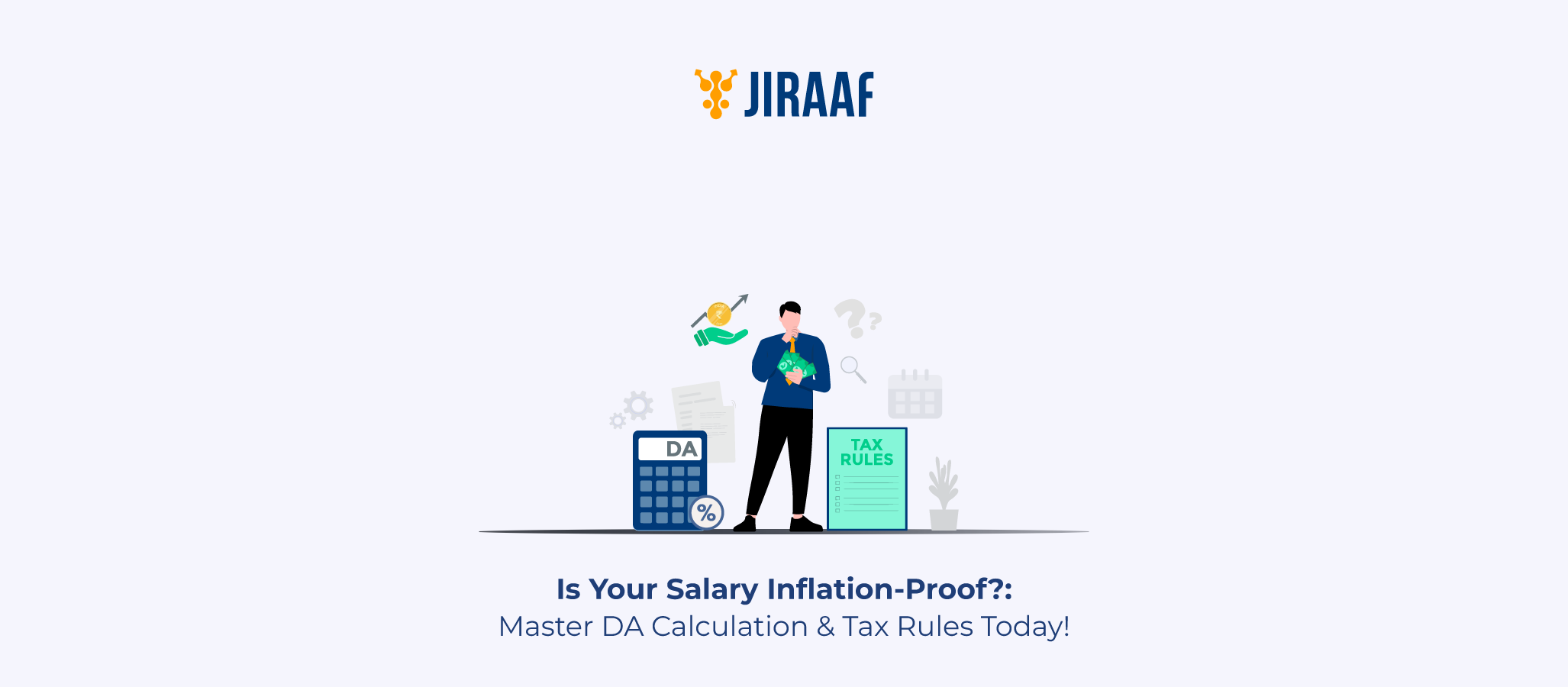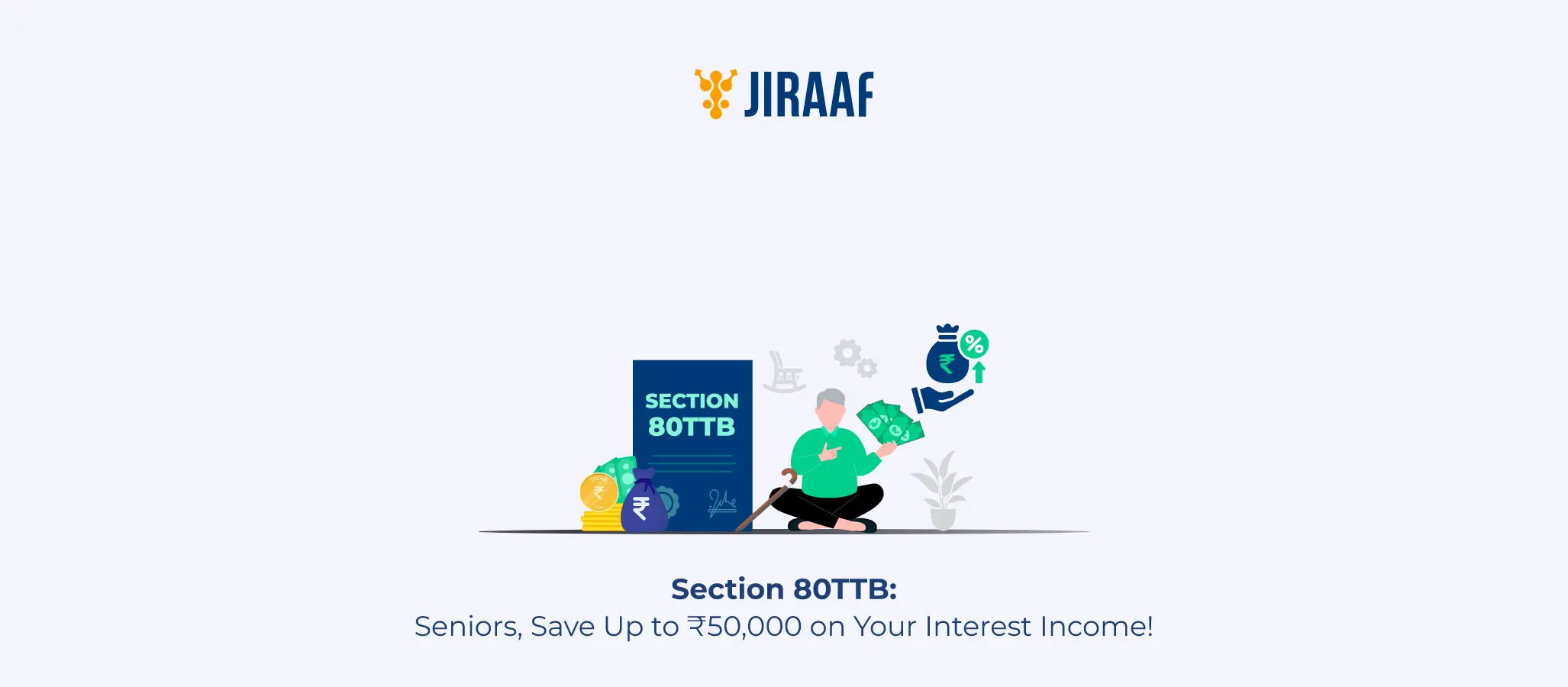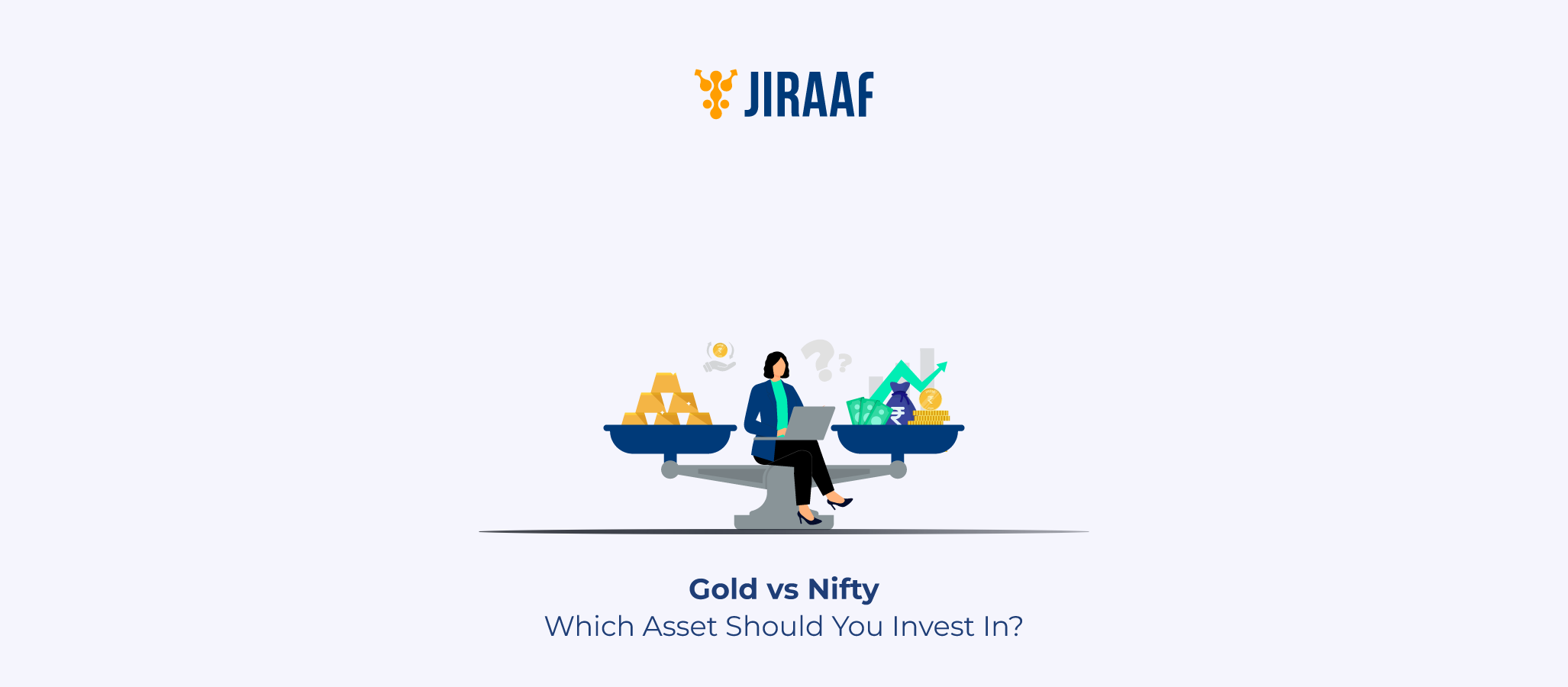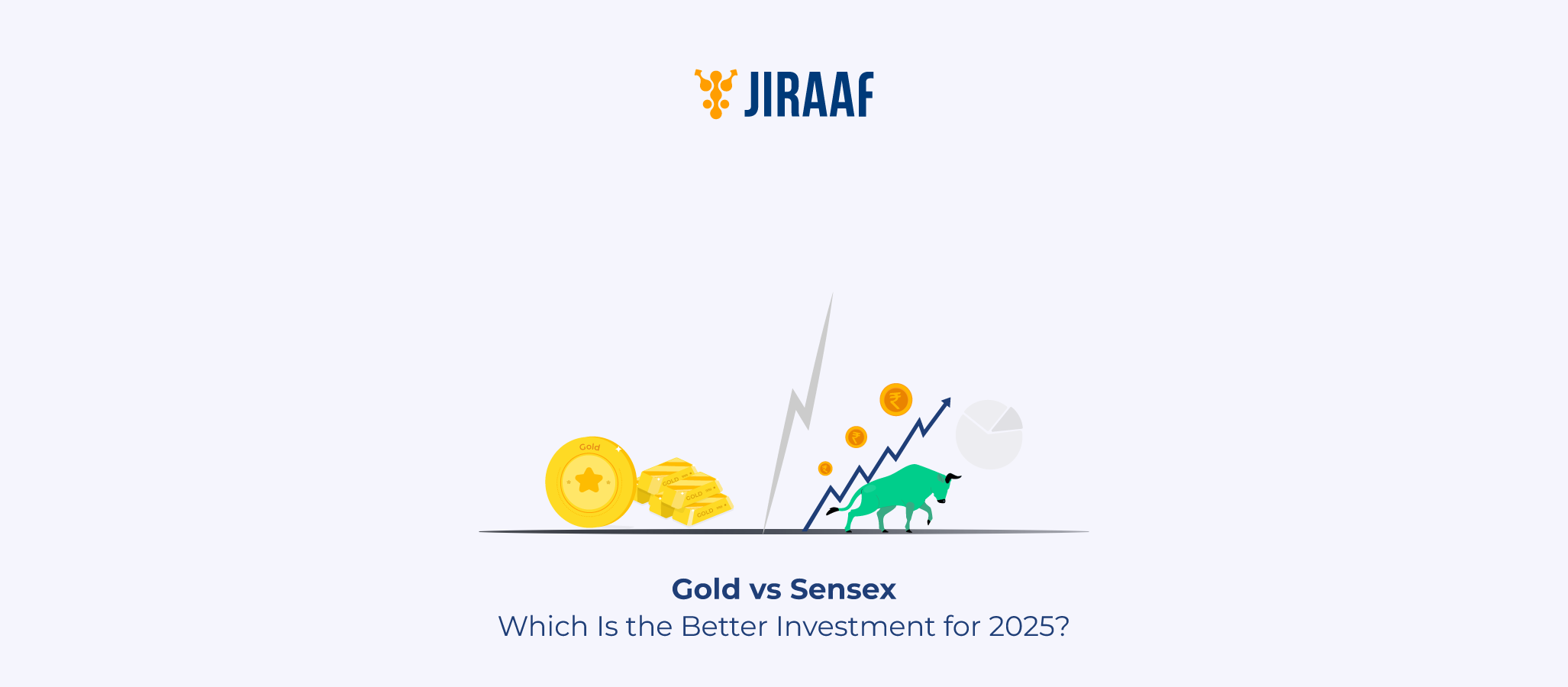Your provident fund savings are a safety net for retirement, but what if we told you that withdrawing it before a certain time can attract tax? Yes, with Section 192A of the Income Tax Act.
If you’re planning to access your Employees’ Provident Fund (EPF) corpus early, understanding how Tax Deducted at Source (TDS) works under Section 192A can help you avoid surprise deductions and plan better.
What is Section 192A of the Income Tax Act?
Section 192A was introduced in the Finance Act, 2015, to bring early PF withdrawals under the TDS framework. This section mandates that if the accumulated EPF balance is withdrawn before completing 5 years of continuous service, and the amount exceeds a threshold, TDS will be deducted at the time of withdrawal.
This was aimed at widening the tax base and ensuring early withdrawals don’t go untaxed if not eligible for exemption under Section 10(12) or Rule 8 of Part A of the Fourth Schedule.
When Does Section 192A Apply?
TDS under Section 192A applies when:
- You withdraw more than ₹50,000 from your EPF account.
- Your total service is less than 5 years.
- You haven’t transferred your PF to a new employer.
- The withdrawal is not due to illness, business closure, or reasons exempted under the law.
If these conditions are met, the employer or EPFO is legally required to deduct TDS at the applicable rate.
TDS Rate on PF Withdrawals Under Section 192A
| Withdrawal Scenario | TDS Rate |
| PAN provided | 10% |
| PAN not provided | ~34.608% (maximum marginal rate) |
| Form 15G/15H submitted (and eligible) | No TDS deducted |
Note: Submitting Form 15G (or 15H for senior citizens) is only effective if your total income for the financial year is below the taxable limit.
Conditions Under Which No TDS Is Deducted
You won’t have to worry about TDS if:
- You’ve completed 5 continuous years of service.
- Your PF withdrawal is below ₹50,000.
- You’re withdrawing PF due to illness, layoff, or employer’s business closure.
- You’ve submitted Form 15G/15H, and your total income is non-taxable.
How to Submit Form 15G or 15H to Avoid TDS
If you’re eligible to submit Form 15G or 15H,
- Download the form from the EPFO portal or income tax website.
- Fill in your personal details, PAN, and declaration of non-taxable income.
- Upload the filled form when submitting your PF withdrawal request online through the Unified Member Portal.
Note: Submitting these forms when you’re not eligible can be considered a false declaration and is a punishable offense.
How to Calculate TDS on EPF Withdrawals (Example)
Let’s break it down with a real-life scenario. Assuming that:
- You’ve worked for 3.5 years.
- Your EPF corpus is ₹1,20,000.
- You want to withdraw the full amount.
- PAN is submitted, but Form 15G is not submitted.
Your TDS = 10% of ₹1,20,000 = ₹12,000
The remaining ₹1,08,000 will be credited to your account, and the TDS will be reflected in your Form 26AS.
How to Check TDS Deducted Under Section 192A
To verify how much TDS has been deducted:
- Log in to the Income Tax e-filing portal.
- Navigate to “View Form 26AS” under ‘My Account’.
- Check for entries under Section 192A or labeled as EPFO TDS.
- Ensure it matches the amount deducted during withdrawal.
How to Claim Refund of TDS on EPF Withdrawal
If TDS was deducted, but your total income is below the taxable limit, you can claim a refund while filing your income tax return:
- File your ITR before the due date using ITR-1 or ITR-2, depending on your income type.
- Mention the TDS under “Taxes Paid”.
- Claim it under the “Refund” section.
- Once processed, the refund will be credited to your bank account.
Required Documents for Claiming PF Without TDS
| Document | Purpose |
| PAN Card | To ensure TDS is capped at 10% |
| Aadhaar Card | For identity verification |
| UAN Number | Required for EPF withdrawal |
| Form 15G/15H (if eligible) | To avoid TDS deduction |
| Bank Passbook | For NEFT/RTGS transfer |
| Cancelled Check | For verifying bank account details |
Common Mistakes to Avoid
| Mistake | Impact | Best Practice |
| Not providing PAN | 34.608% TDS instead of 10% | Always link PAN to UAN and EPFO account |
| Submitting Form 15G/H without eligibility | Legal implications of false declaration | Submit only if total income is below exemption limit |
| Withdrawing before 5 years without need | TDS deduction and potential tax liability | Consider PF as long-term savings |
| Delaying TDS refund filing | Missed refund or interest loss | File ITR on time and claim the refund |
Section 192A vs Section 10(12)
| Parameter | Section 192A | Section 10(12) |
| Purpose | TDS on premature PF withdrawal | Exemption on PF at retirement/after 5 years |
| TDS Rate | 10% (with PAN), 34.608% (without PAN) | Not applicable |
| Applicability | Less than 5 years of service | 5+ years of continuous service |
| Exemptions Allowed | Under special cases (illness, closure, etc.) | Full exemption on retirement |
Final Thoughts: Plan Before You Withdraw
Section 192A acts as a checkpoint to discourage early EPF withdrawals and promote long-term savings. But if you must withdraw, planning ahead helps minimize the tax impact you’d have to face. Make sure you provide the necessary documents, understand the conditions, and always check your eligibility for TDS relief.
Your EPF savings are more than just numbers—they’re your financial backup. Don’t let a hasty withdrawal turn into a tax burden. If used smartly, your fund stays intact, your taxes stay low, and your peace of mind stays high.
FAQs
What is Section 192A of Income Tax?
It governs TDS on EPF withdrawals before 5 years of service. If the amount exceeds ₹50,000, TDS is deducted.
Can I avoid TDS under Section 192A?
Yes, by completing 5 years of service, or submitting Form 15G/H if eligible.
What happens if I don’t provide PAN?
A flat 34.608% TDS is deducted, instead of 10%.
Can I claim a refund of TDS?
Yes, if your total income is below taxable limits, you can claim it while filing your ITR.
Discover fixed income investments with Jiraaf, a SEBI registered online bonds platform that educates and brings access to a wide array of bonds. Sign up today to explore diversified fixed income investment opportunities to support your goal-based wealth creation journey. Start investing!









